Think of carbs as raw material that powers your body. You need them to make sugar for energy. They come in two types: simple and complex. What’s the difference? Simple carbs are like quick-burning fuels. They break down fast into sugar in your system. You want to eat less of this type. Complex carbs are usually a better choice. It takes your body longer to break them down.
Nutrition labels offer an easy way to spot added sugar, the source of simple carbs that you want to cut back on. Just look for words that end in “ose.” The chemical name for table sugar is sucrose. Other names you might see include fructose, dextrose, and maltose. The higher up they appear in the ingredients list, the more added sugar the food has.
Well, it’s not quite that easy. Foods that have been processed with added sugars generally aren’t as healthy a choice, it’s true. But simple carbs occur naturally in some foods that are part of a balanced diet. For example, most milk and other dairy products contain lactose, or milk sugar.
Does your loaf have the complex carbs that are good for you? It depends on the grain used to make it. Look for bread made with whole grains. Barley, rye, oats, and whole wheat are some top choices. They’re sweet, which must mean they have simple carbs, right? That’s true, but they’re still a healthy choice. They’ve got fiber in them, which helps slow the breakdown of sugar. Plus, most are a good source of nutrients like vitamin C and potassium.
Fruits with skins you can eat, such as pears, apples, and berries, are especially high in fiber. That soda you’re sipping could be a sneaky source of simple carbs. That’s because non-diet sodas contain a sweetener, often high-fructose corn syrup. It’s right there on the nutrition label, usually one of the first ingredients listed. Twelve ounces of a regular soda can pack 39 grams of carbs, all coming from the sugar in it.
Many of the foods you associate with autumn are great sources of complex carbs. Try starchy vegetables such as sweet potatoes, squash, and pumpkin. You can quickly load up on simple carbs if you’re not careful about what you stir into your hot drink or put on your oatmeal. Go easy on brown sugar, maple syrup, honey, and molasses. And don’t overdo it on fancier-sounding sweeteners, like turbinado and agave nectar. They’re also sources of simple carbs.
They’re a good way to get complex carbs. Whether you choose kidney, white, black, pinto, or garbanzo, beans have lots of fiber. While you’re on that aisle in the grocery store, think about picking up some lentils or split peas, another way to add complex carbs to your diet.
It seems too good to be true, but you can believe it: Popcorn is a whole grain. That means it’s got complex carbs and fiber. Your healthiest choice is air-popped, without any added fat and salt. Season it with your favorite dried herbs and spices instead.
Maybe you’ve heard of quinoa, the whole grain from South America. Some other new-to-you whole grains are becoming more widely available, and they can be a good choice to get complex carbs in your diet. Some grains to look for are millet, a staple from Africa and Asia, bulgur, which is used in Middle Eastern dishes, and triticale, a hybrid of wheat and rye.
You’re ordering Chinese food and the restaurant asks, “White rice or brown?” Which should you choose? White rice is a “refined” grain, meaning it has lost some key nutrients during processing, like fiber. But brown rice is a whole grain, a good source of complex carbs.
Original article: https://www.webmd.com/diet/ss/slideshow-your-guide-to-eating-healthy-carbs















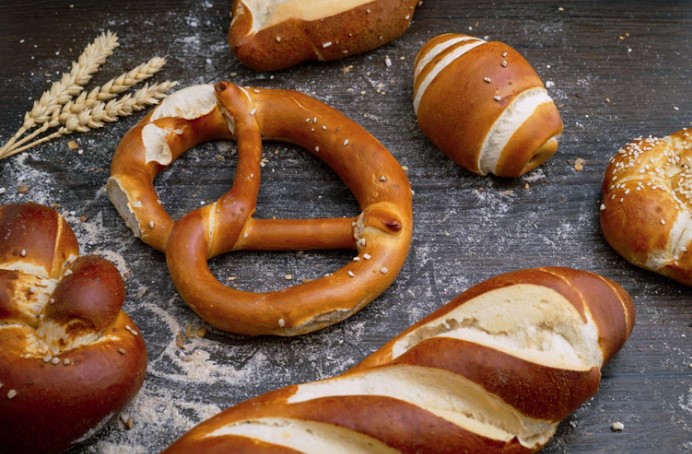






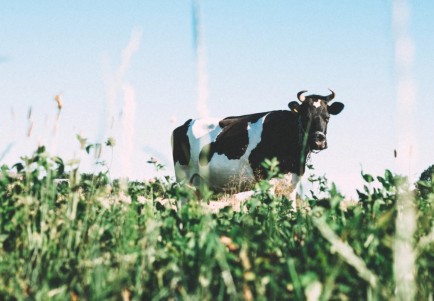


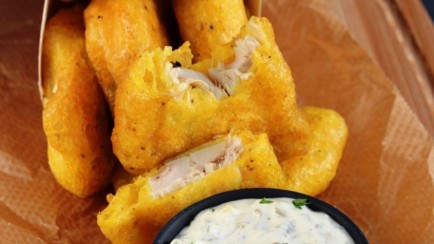
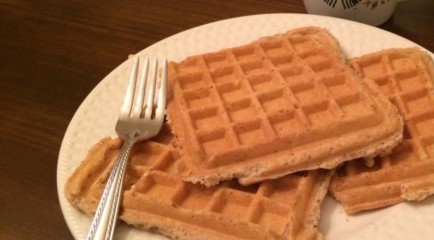
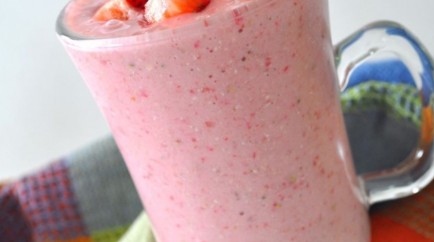
Comments